When Apple introduced the brand new M1 Ultra chip last week, it managed to attract a lot of attention, and not just from Apple users themselves. This chipset offers breathtaking performance with relatively low consumption. This is an interesting evolution in the world of arm chips. According to various information, it is also evident that Apple could further multiply this performance and theoretically bring even more powerful computers. Has the Cupertino giant discovered an imaginary recipe for super powerful chips, or will it soon encounter the limitations of technology? Many apple growers are currently speculating about this.
It could be interest you
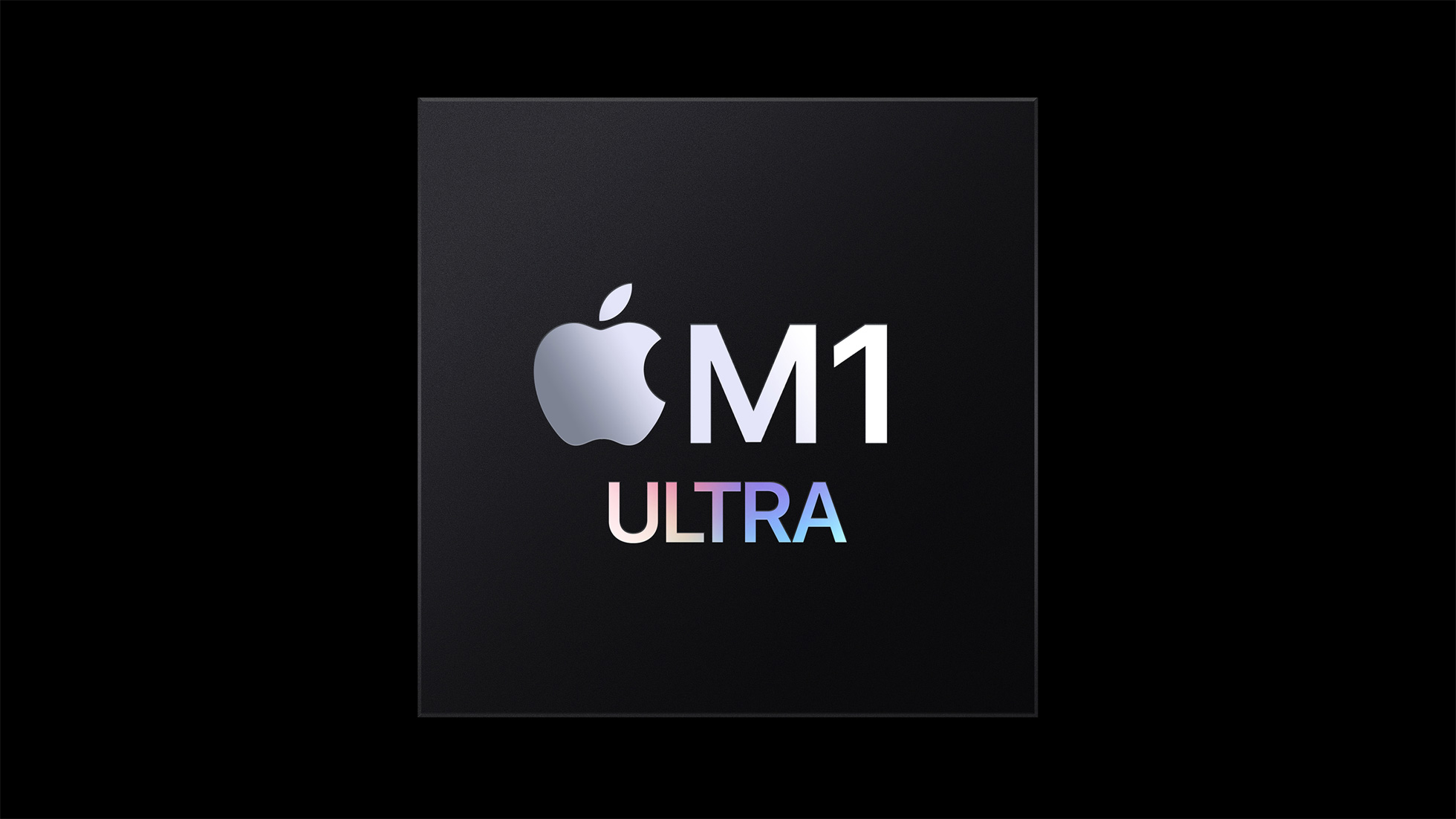
Is Apple stomping its competition into the ground?
The M1 Ultra is unquestionable in terms of performance and offers something that Apple system users couldn't even dream of two years ago. On the other hand, it is necessary to mention that with this Apple certainly does not surpass, for example, the competing company AMD, which has been specializing in the development of processors and graphics cards for many years. Here we are just encountering a fundamental difference in approach. While Apple builds its chips on the so-called ARM architecture, which is typical mainly for mobile phones, AMD/Intel rely on the older x86 architecture. It dominates today's market and theoretically offers even more options in terms of performance, which follows from what we currently have available on the market. It does not have to be hundreds of thousands of processors.
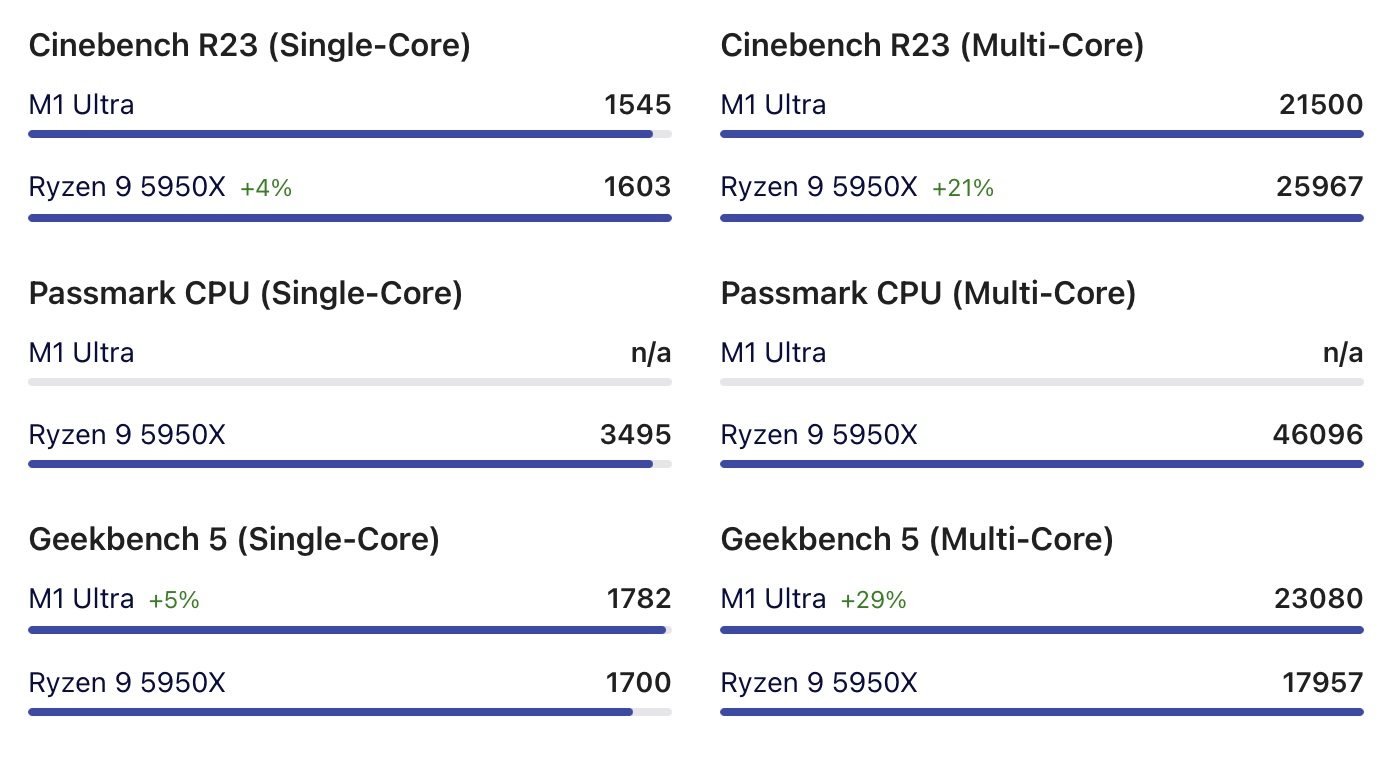
However, Apple is going the SoC or System on a Chip route, where all the necessary components are in one single chip. Whether it is, for example, the Apple A15 Bionic, M1 or M1 Ultra, apart from the processor, we always find a graphics processor, a unified memory, a Neural Engine for working with machine learning and a number of other parts that can ensure the smooth running of some operations. This approach may be better in terms of data throughput, but the user cannot intervene or even modify it in any way. With classic PC sets, this problem disappears, as it is simply enough (according to the motherboard) to choose a new processor, graphics or editing card, etc.
Supercomputers from Apple
But let's get back to the topic itself, namely whether Apple has really found the recipe for super powerful computers. At the end of last year, they started to spread on the Internet very interesting news about the M1 Max chip, then the best/most powerful piece of the Apple Silicon series. Experts have noted that these chips are designed in such a way that they can theoretically be linked together to offer double the performance. This is exactly what the apple company succeeded in, and the whole speculation was confirmed with the arrival of the M1 Ultra. The M1 Ultra chip is based on the new UltraFusion technology, which made it possible to connect two M1 Max chips together. In addition, it looks like a single component in front of the system, which is absolutely key.
Even then, however, there were mentions that it would be possible to connect up to four chips in this way. Although we do not have something similar at the moment, it is necessary to realize that the transition to Apple Silicon is theoretically still not complete. There is more and more talk about the arrival of a new Mac Pro, which could improve in exactly this way. If that happens, the computer would offer a 40-core processor, a 128-core GPU, up to 256 GB of unified memory and a 64-core Neural Engine. However, whether such a device will actually come is still unclear.

Partial confirmation of this speculation brings several interesting ideas to apple growers. Opinions are beginning to appear as to whether this entire technology could be pushed a little further and, in theory, even create a supercomputer that could be created by connecting several chips together. However, it is necessary to mention that this is mere speculation, the realization of which could really take a lot of work. Although connecting chips is not completely impossible, it is not an easy task, as communication between individual parts must be solved. In this regard, the currently available M1 Ultra relies on the interconnection of more than 10 signals, thanks to which the chip boasts a throughput of 2,5 TB per second. Stacking multiple chips at the same time could bring more problems than benefits, especially at these speeds. Currently, the question is how far Apple will move its entire Apple Silicon project, and whether it will eventually be swept away by competition with a more stable x86 architecture. However, it doesn't matter. The next several generations will probably surprise us very pleasantly, because otherwise Apple would never have embarked on such a fundamental change.
It could be interest you
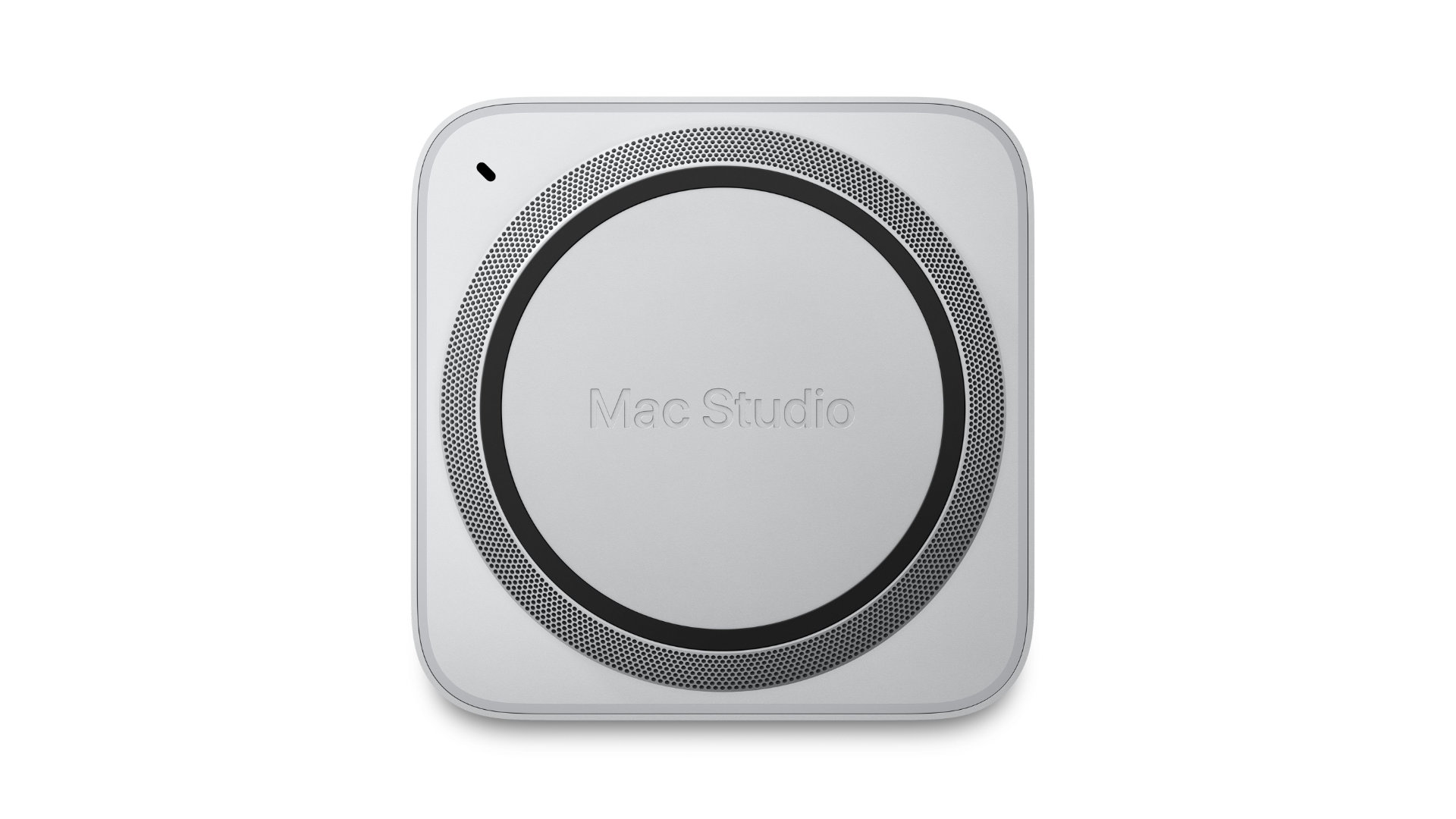
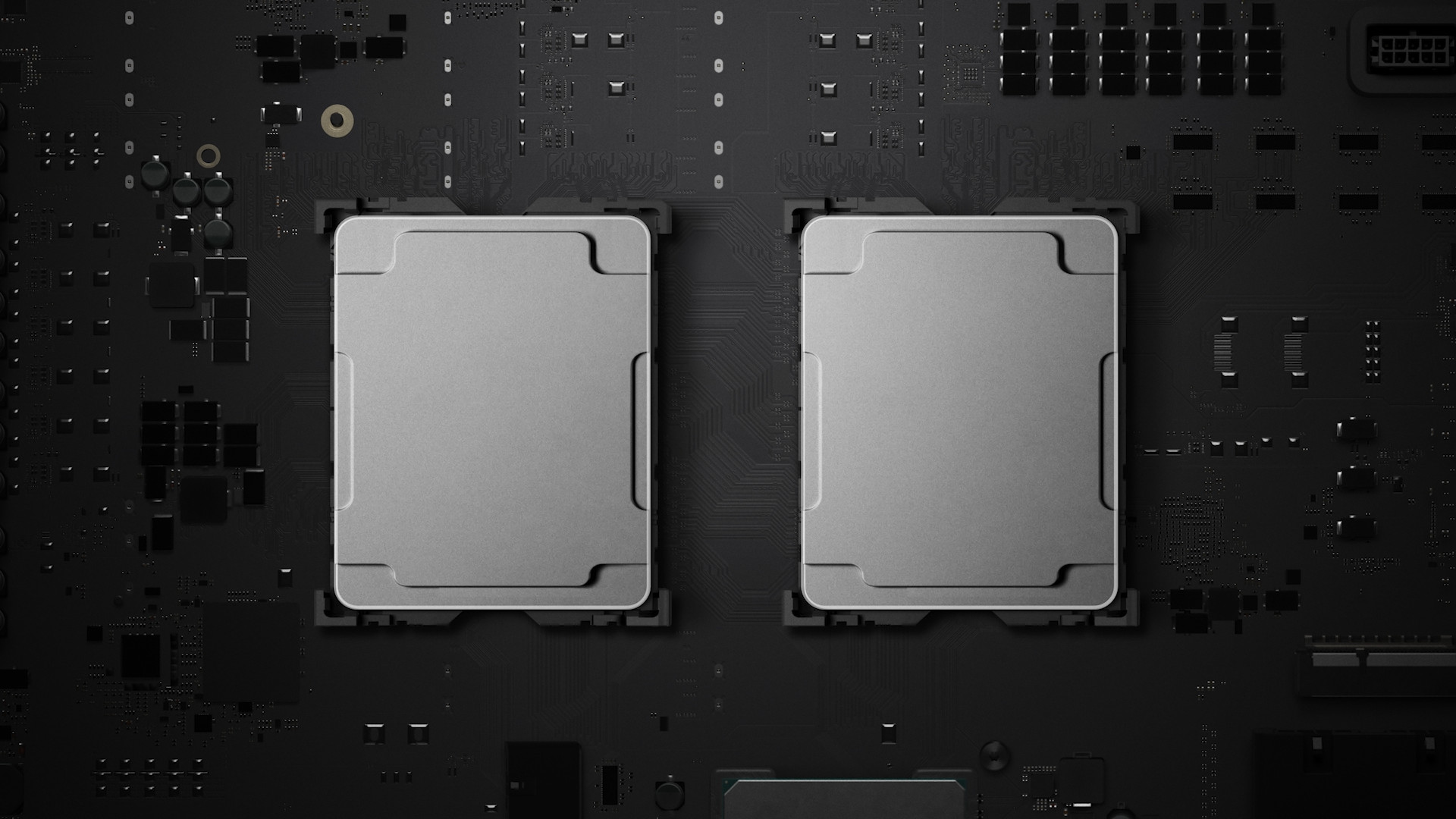
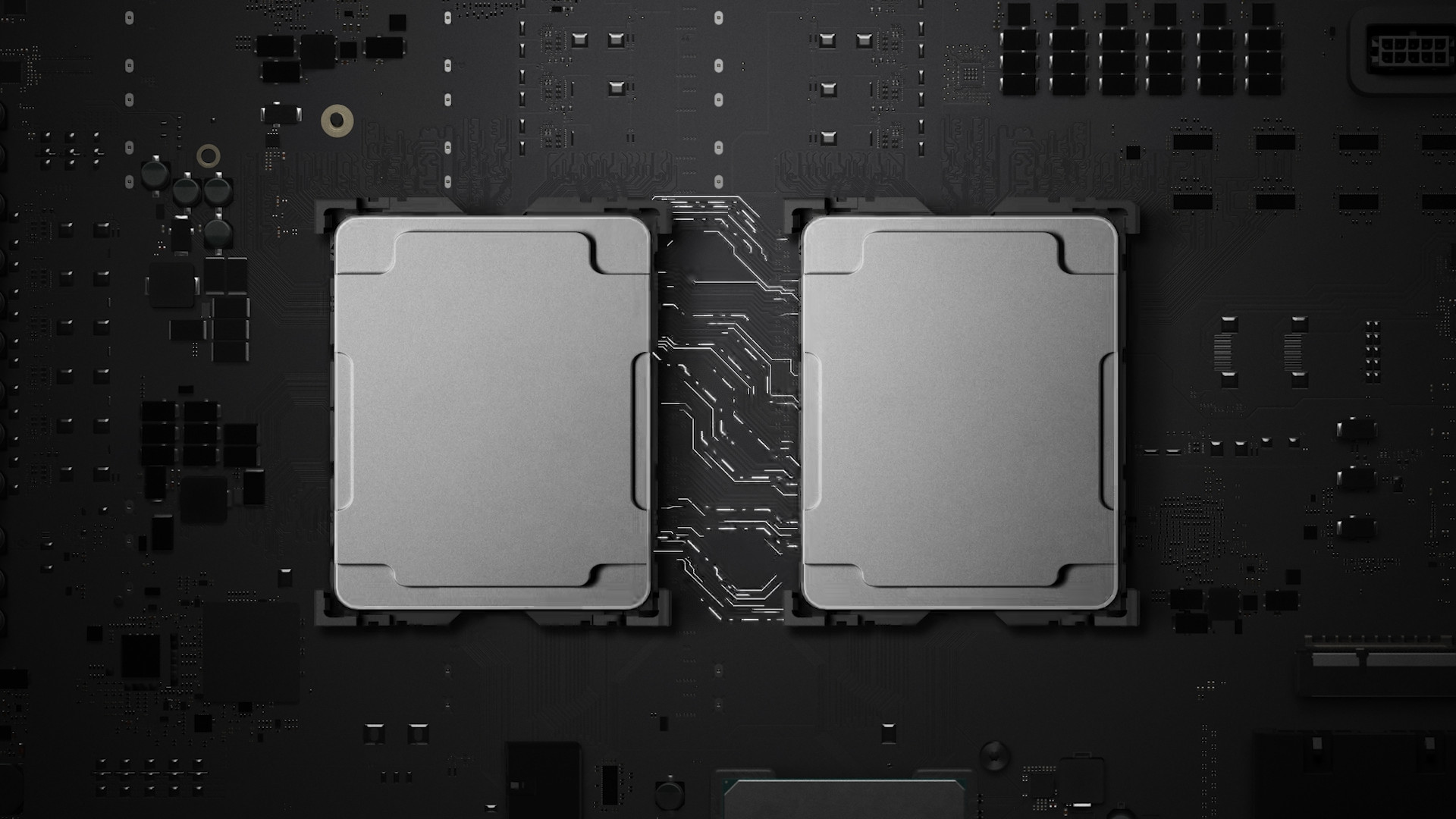

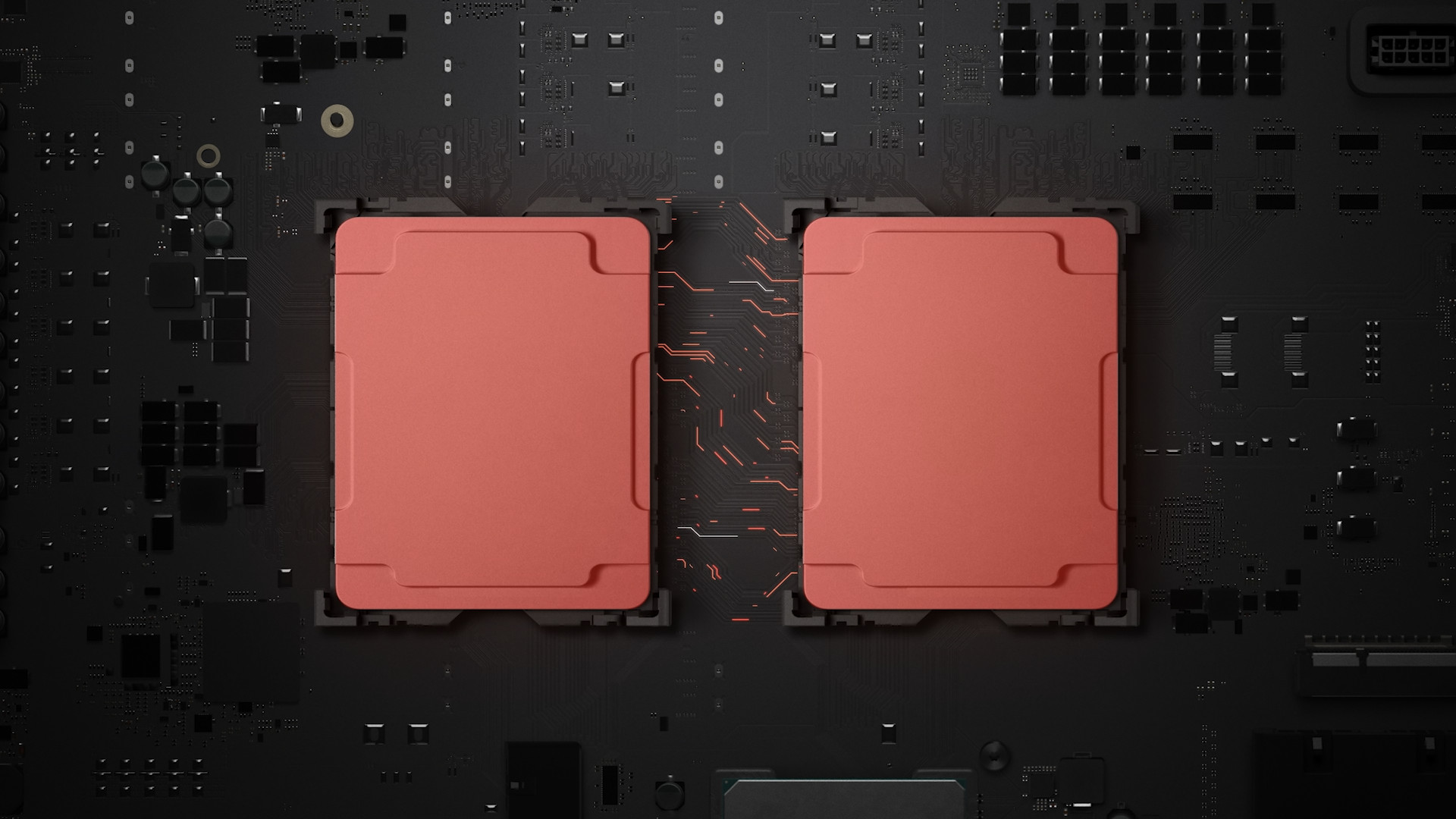
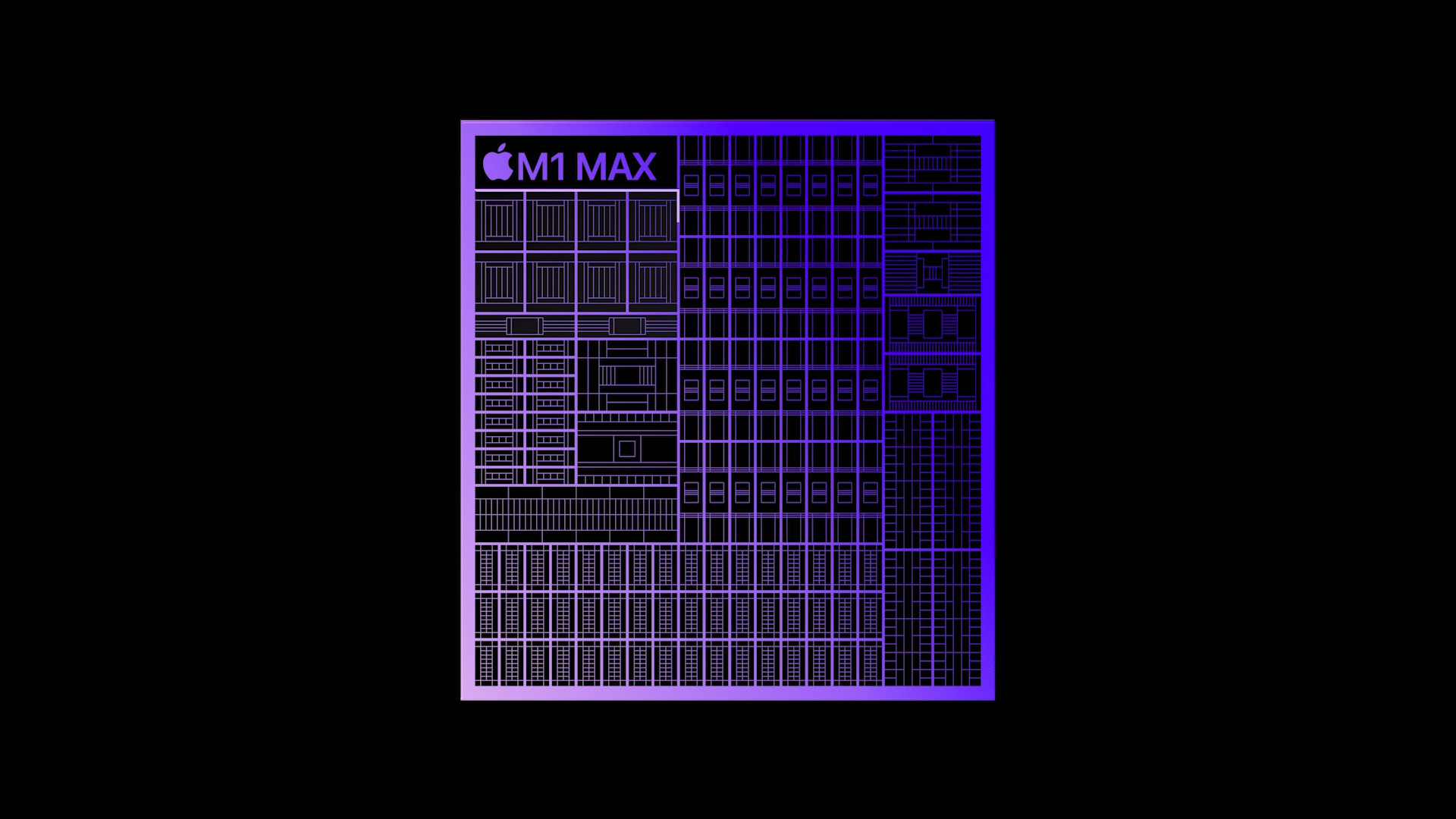

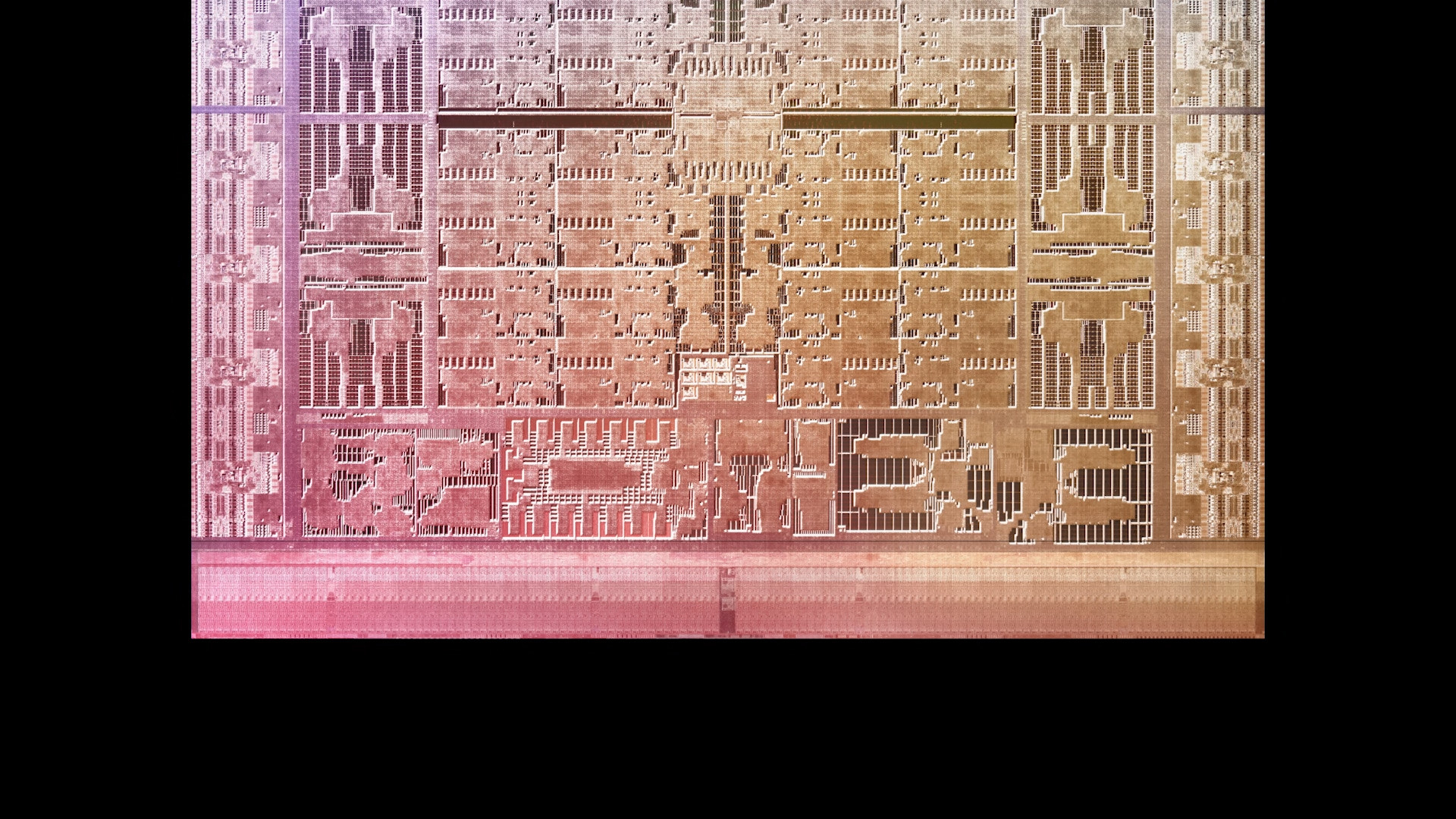

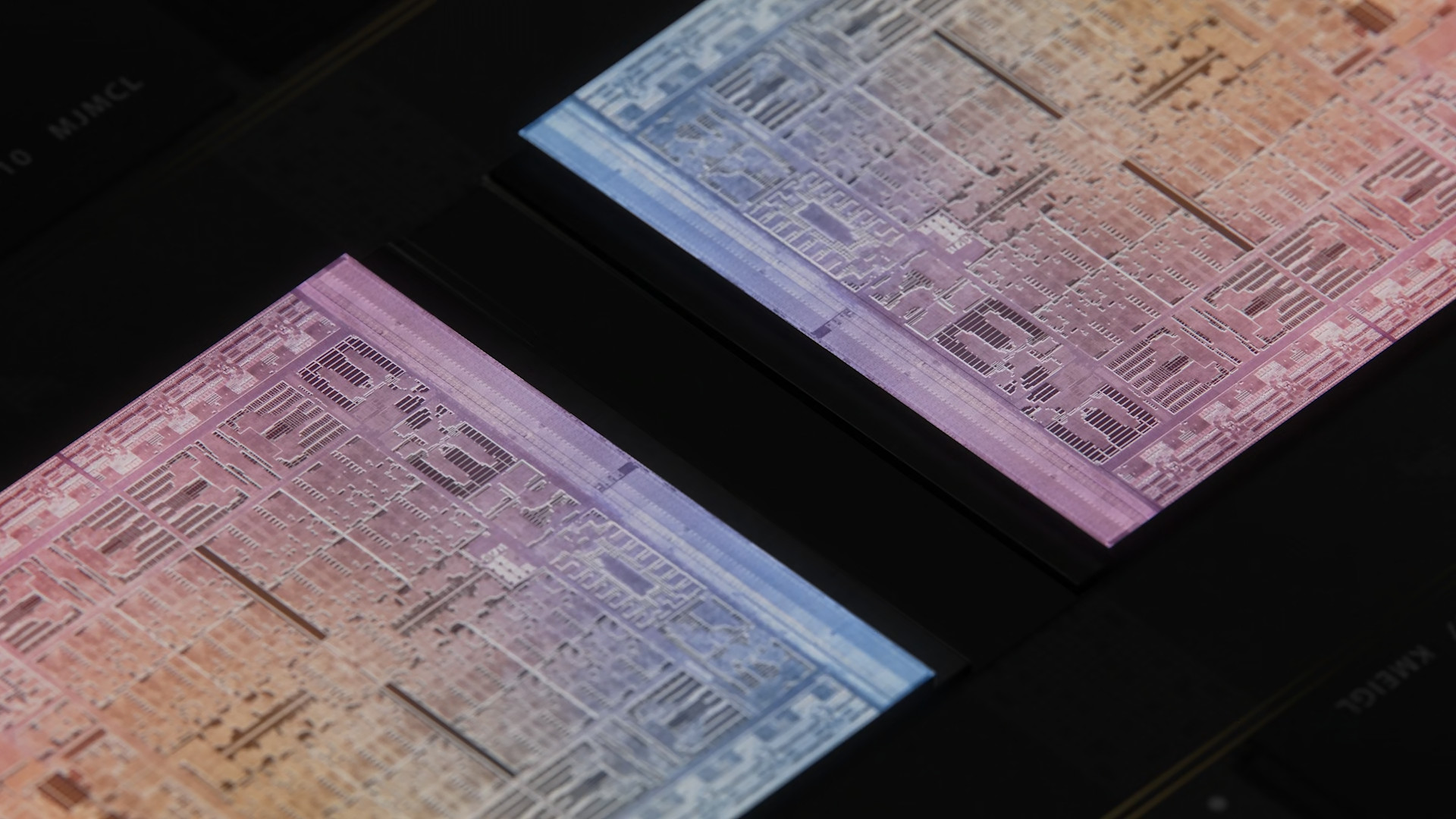
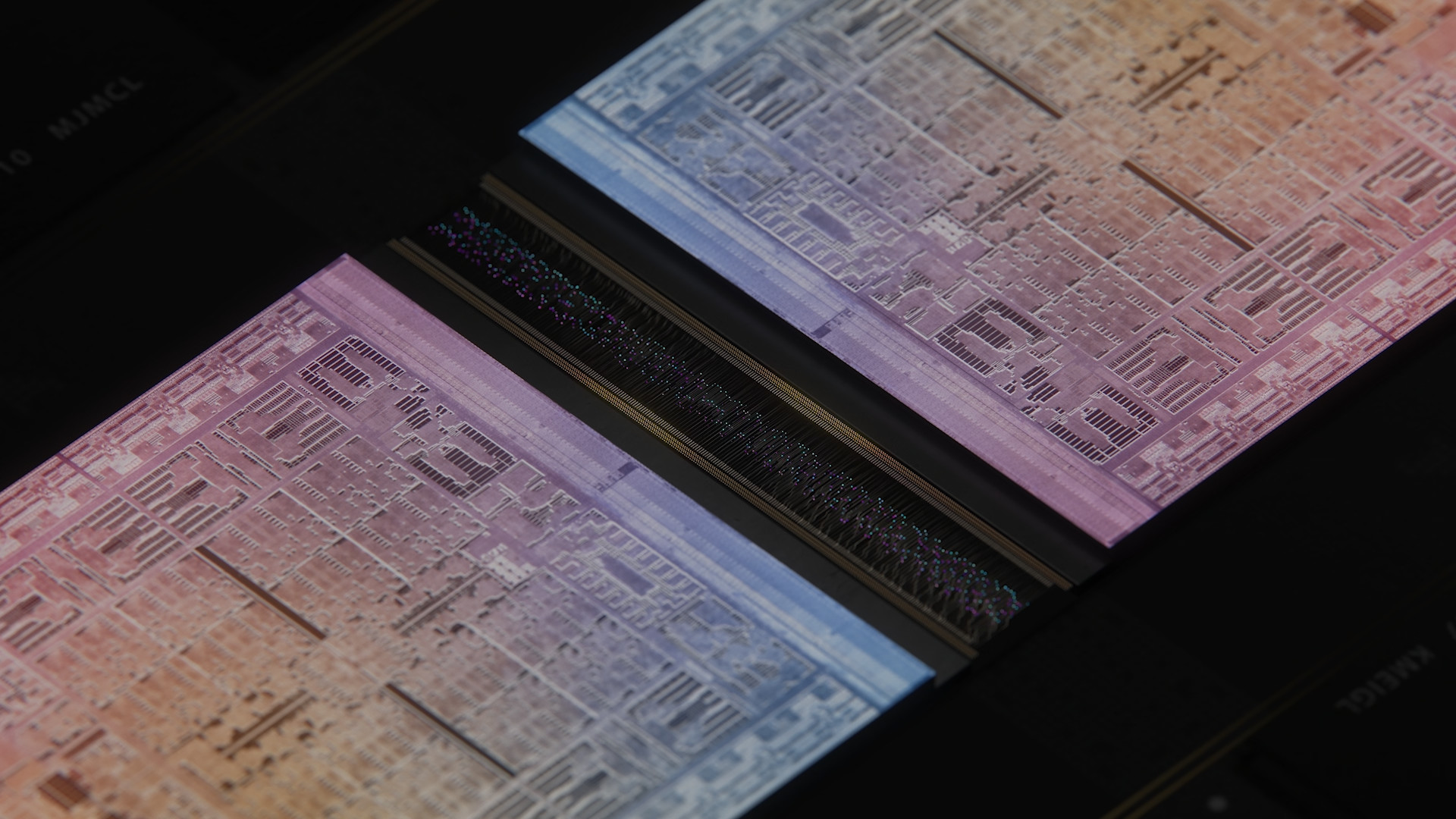
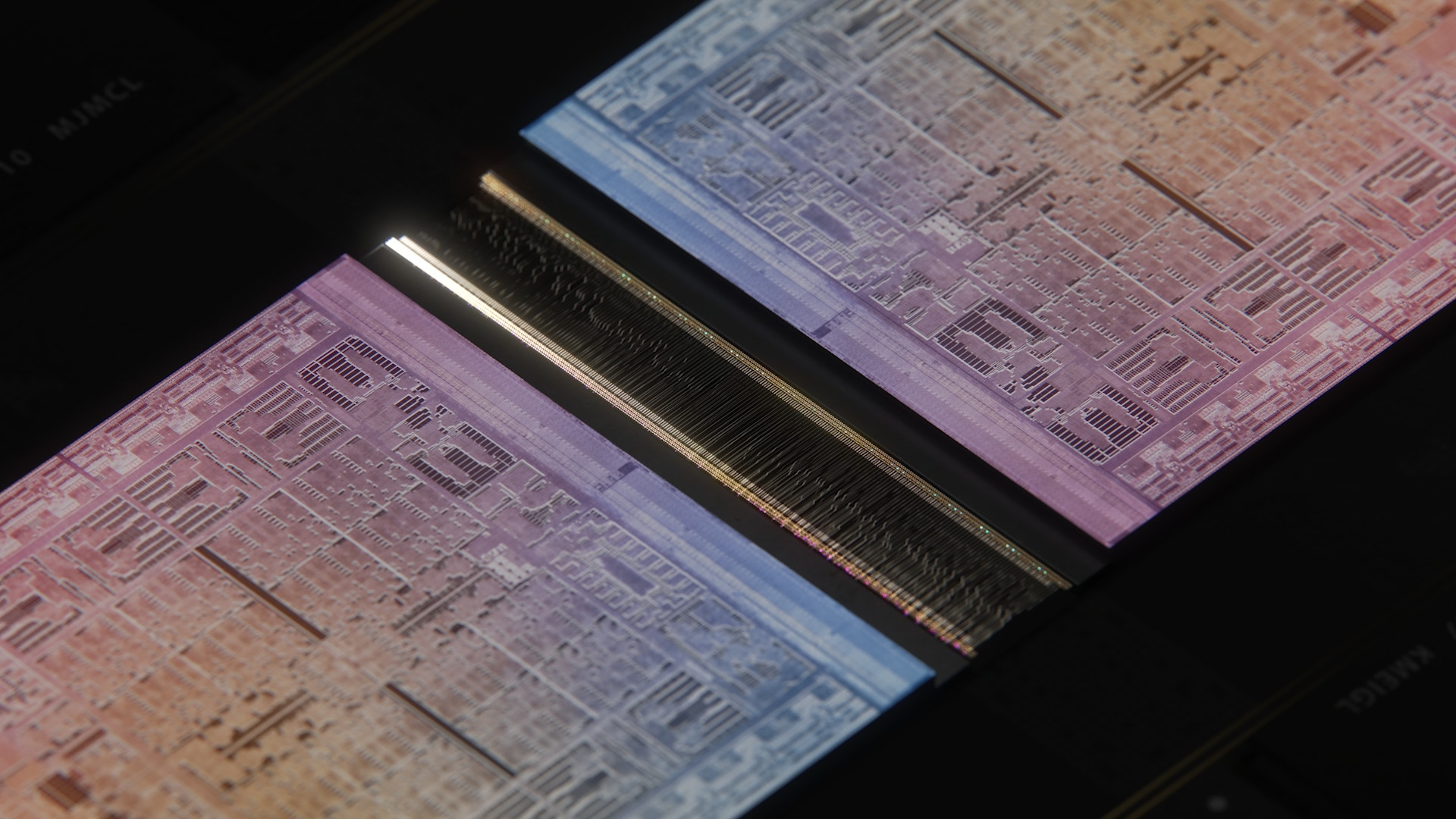

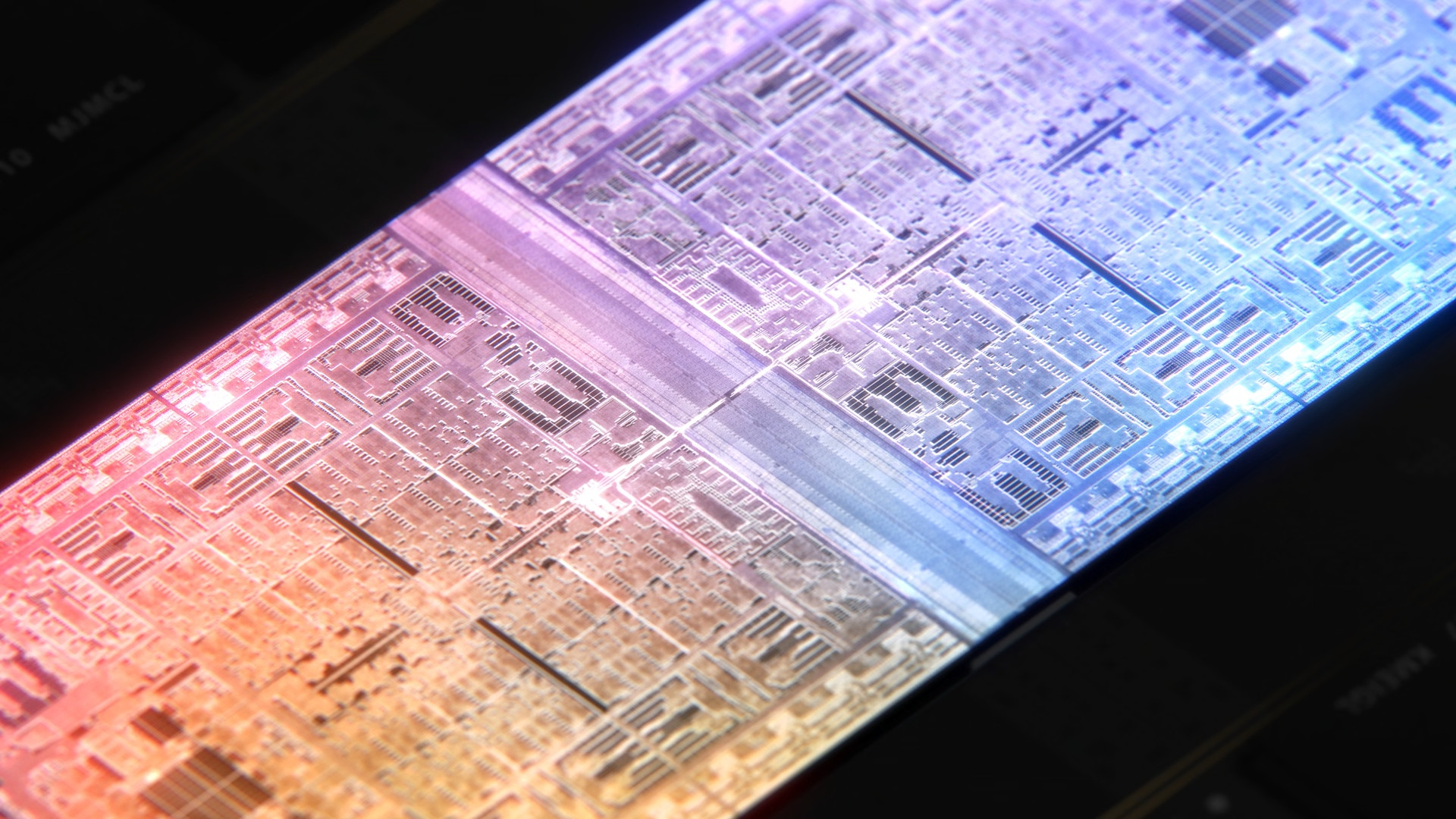


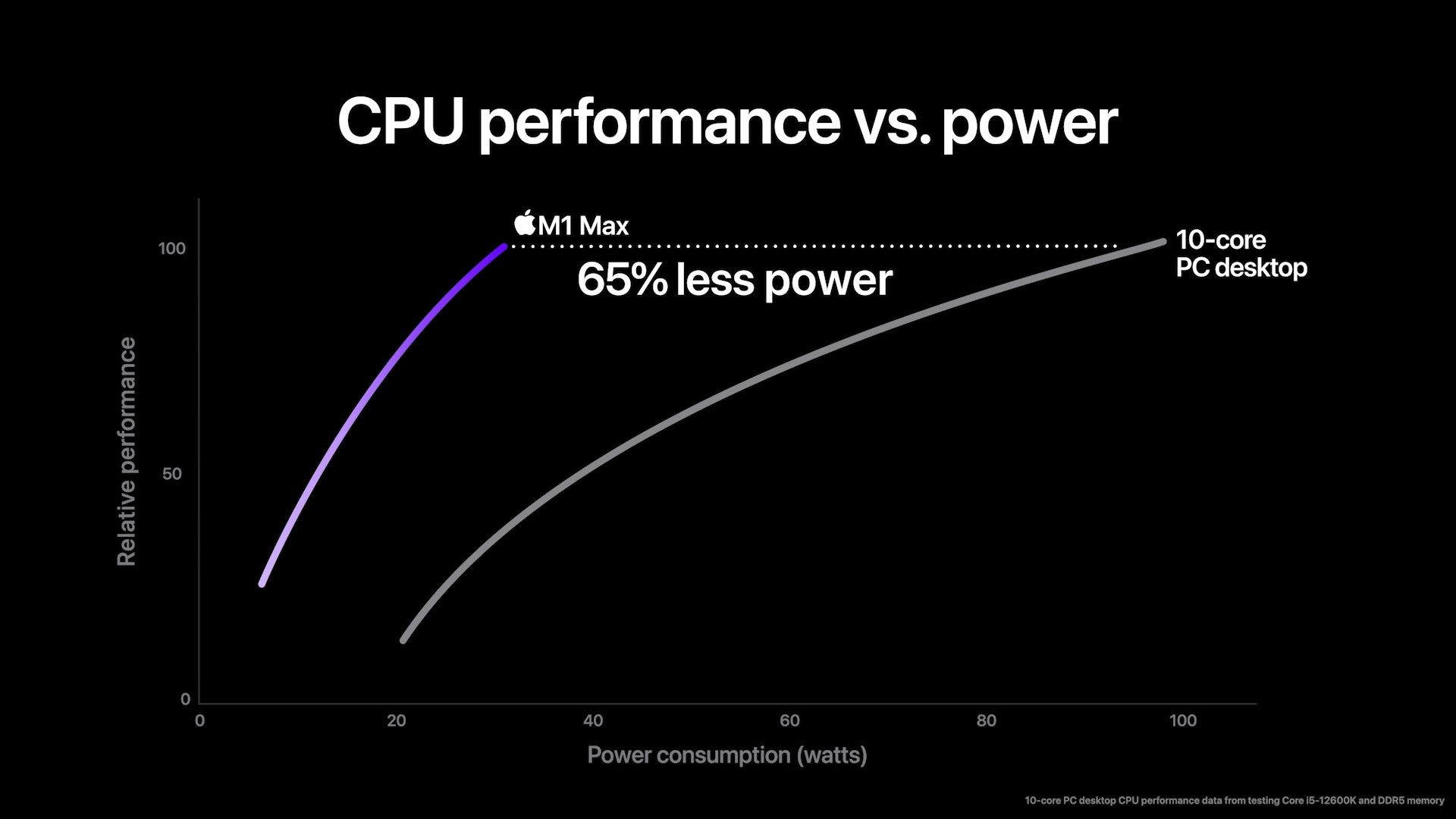
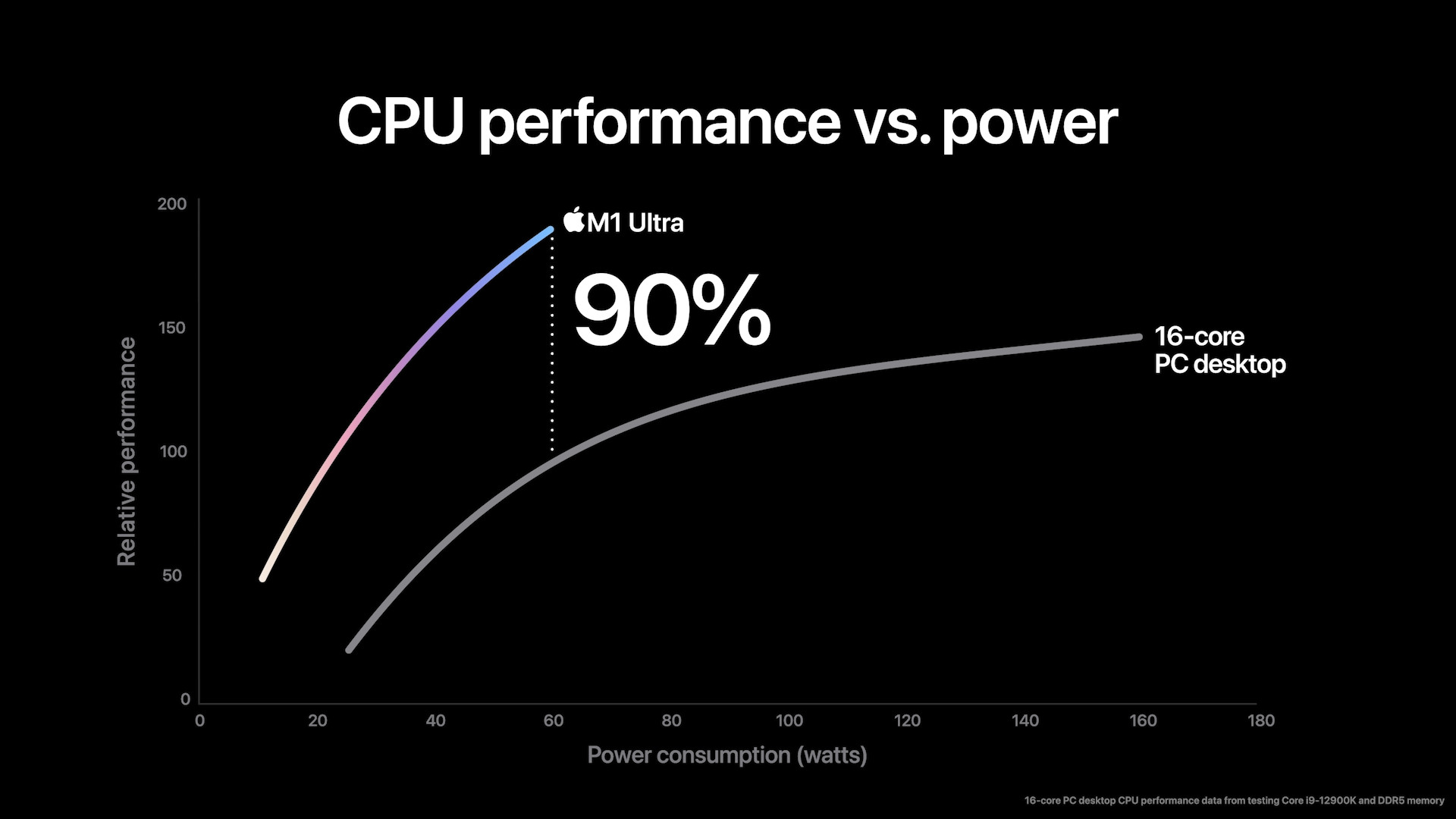

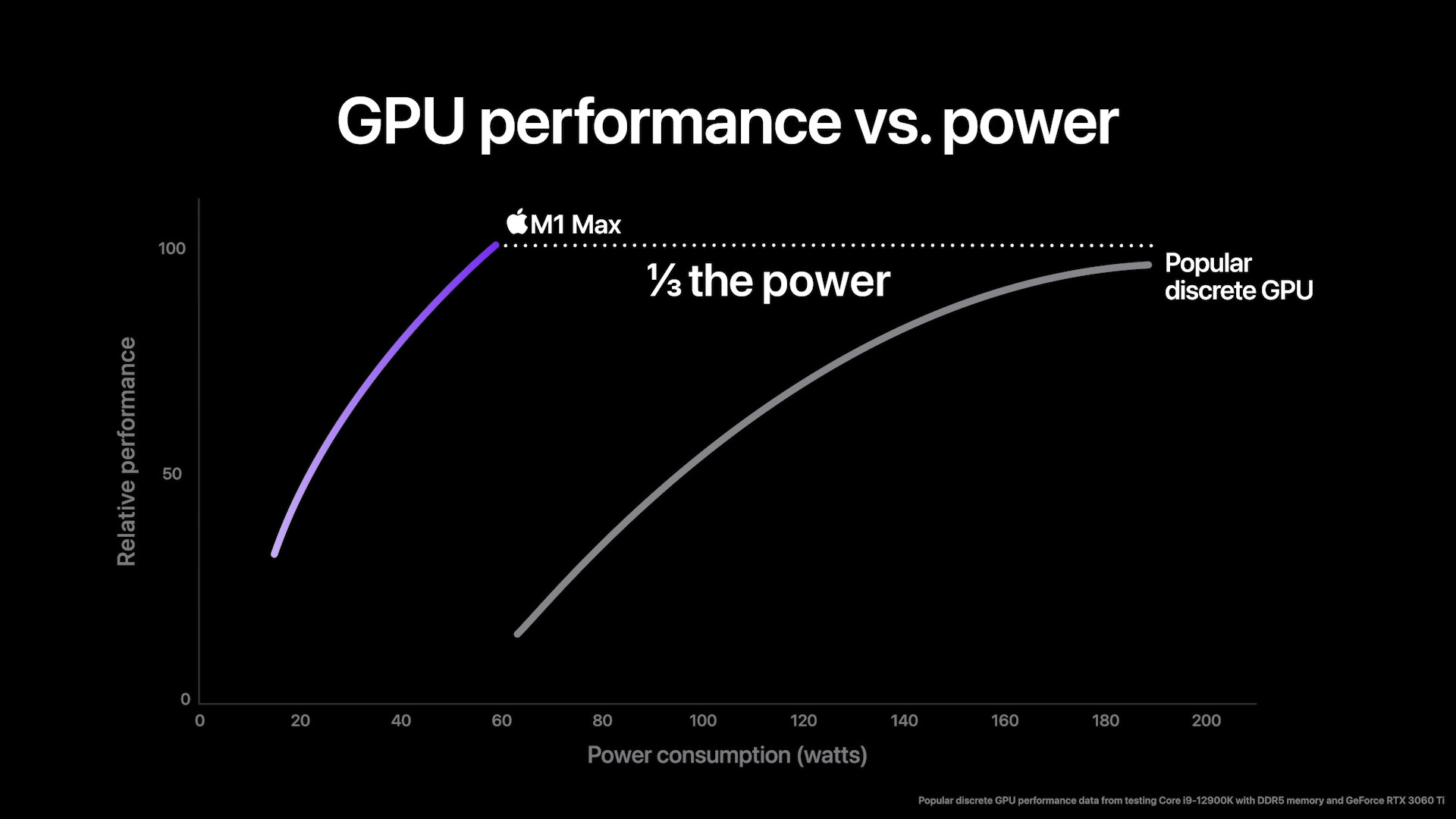

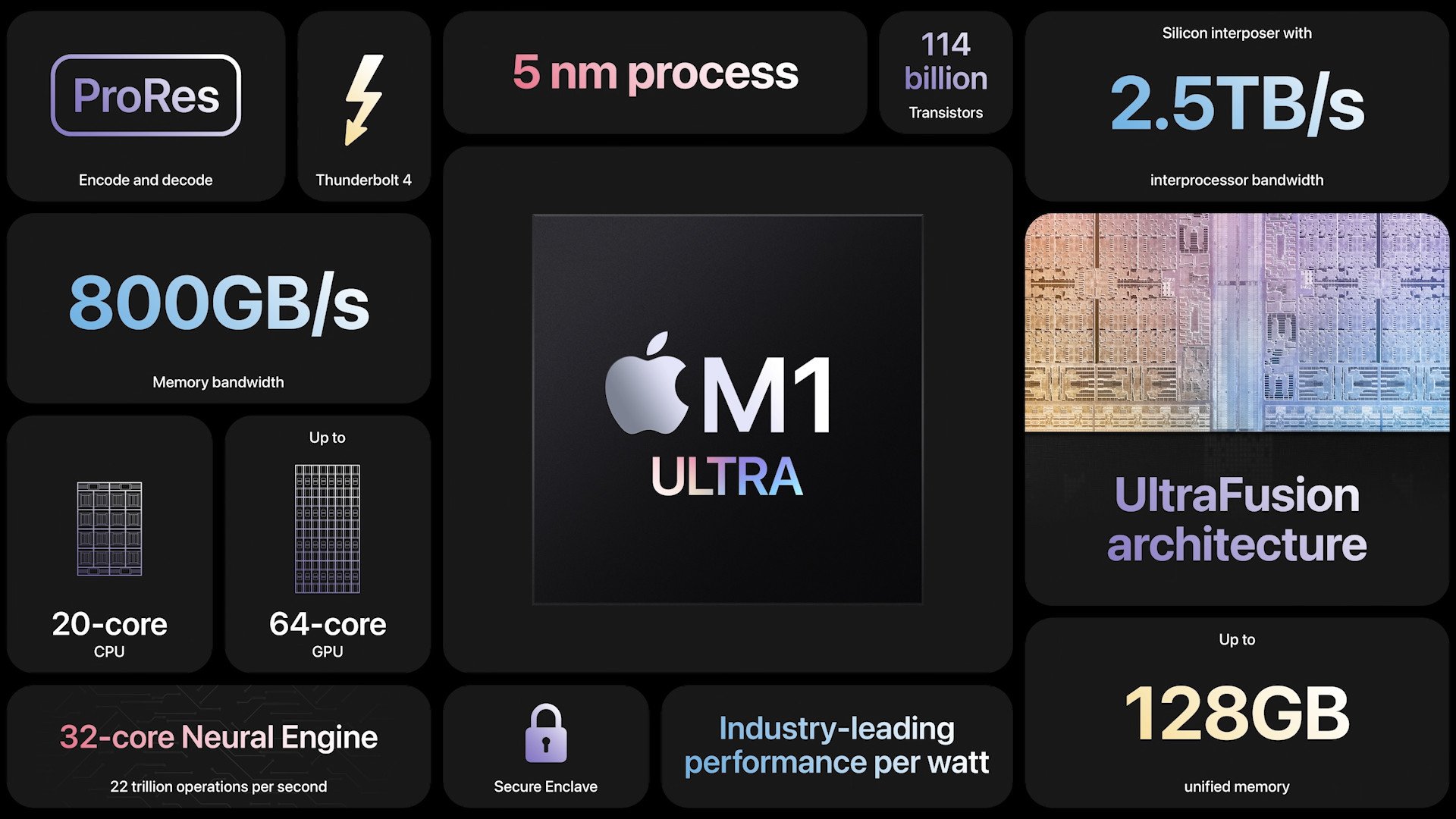
It's basically nothing new. See Playstation with Cell processor, or Ryzens from AMD. There, basically, two processors are stuck together and have some kind of common bus. Its frequency depends on the RAM frequency, so the user can get a few percent of extra performance if he buys better RAM. Apple didn't invent anything new